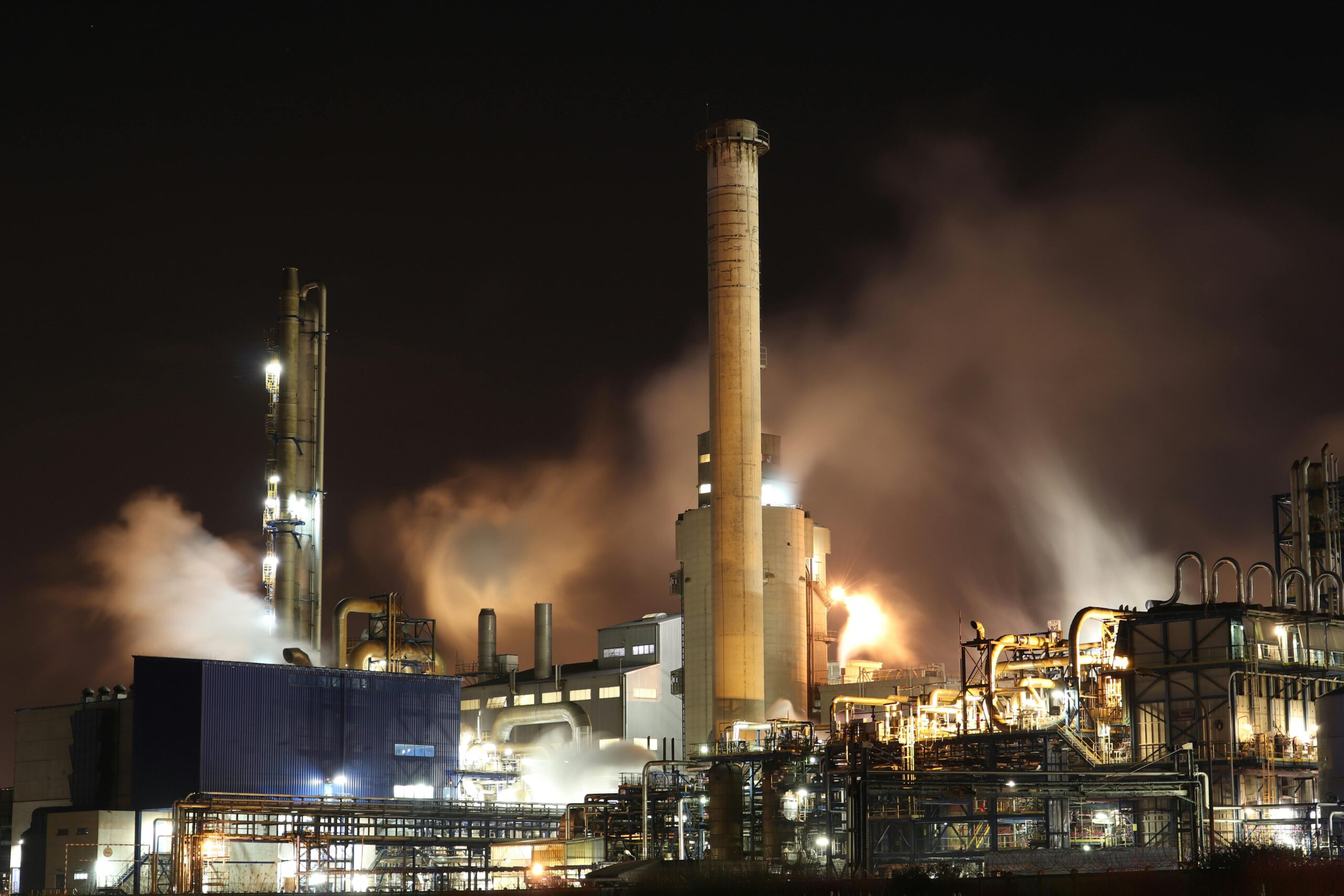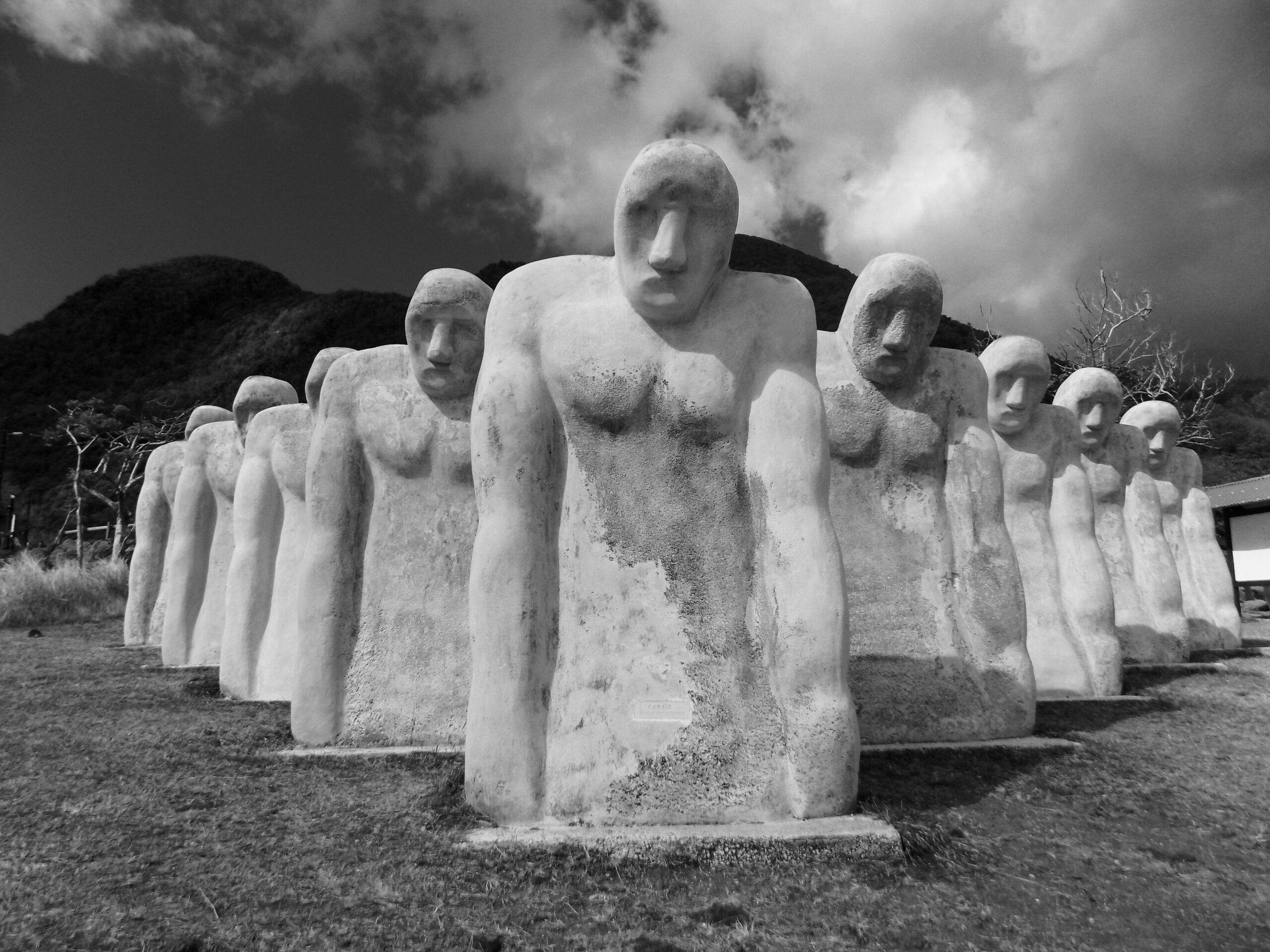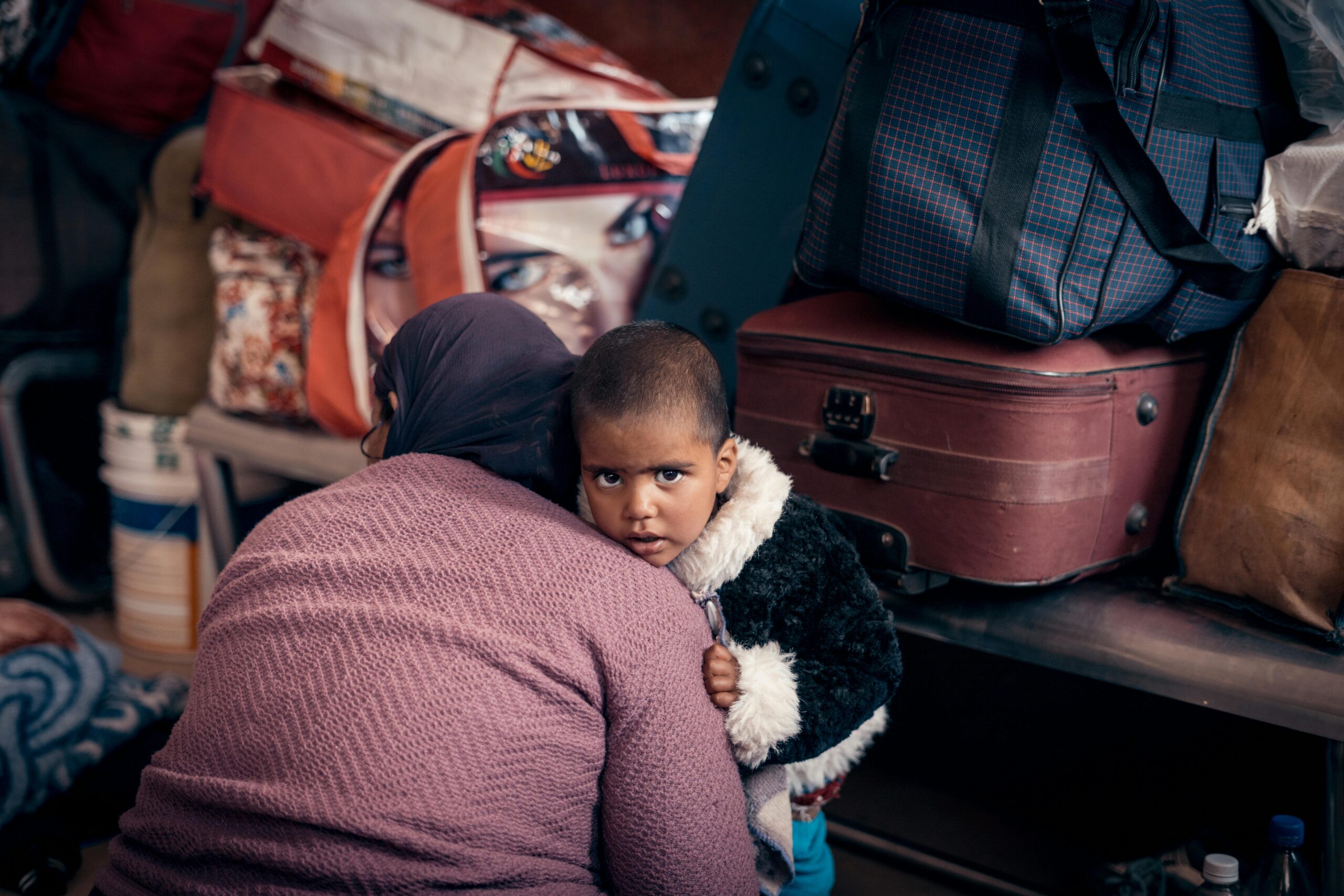In recent years, the United States has witnessed a growing phenomenon that reflects a harsh reality of our changing climate: the rise of climate refugees. These individuals are not fleeing political persecution or armed conflict, but rather the devastating impacts of environmental degradation and climate change. Forced migration due to climate-related factors is reshaping the landscape of migration patterns in the USA, presenting complex challenges that demand urgent attention and innovative solutions.
The Nature of Climate Refugees
Climate refugees are a distinct category of migrants compelled to leave their homes due to environmental stressors like rising sea levels, extreme weather events, desertification, and loss of livelihoods caused by climate change. While the term “refugee” traditionally denotes those escaping persecution or war, climate refugees are driven by the urgent need to seek safety and opportunity in the face of ecological crises.
In the USA, this phenomenon is particularly pronounced in coastal areas vulnerable to sea-level rise, such as parts of Florida, Louisiana, and the Carolinas. Low-lying regions are increasingly threatened by inundation, making them uninhabitable and displacing long-standing communities. Additionally, inland areas are not immune; intensified wildfires, prolonged droughts, and more frequent hurricanes are rendering once-stable regions increasingly precarious.
Impact on Communities
The arrival of climate refugees has profound implications for both the displaced individuals and the communities they join. Firstly, these migrants face unique challenges in accessing housing, employment, and social services. They often lack the financial resources to relocate and may find themselves in vulnerable situations without adequate support networks.
At the same time, host communities must grapple with increased demand for resources and infrastructure strain. Housing markets can become inflated, and competition for jobs may escalate. This strain highlights the need for comprehensive policies that address the economic, social, and environmental dimensions of forced migration.
Policy and Legal Framework
The legal status of climate refugees remains ambiguous under international and domestic law. Unlike traditional refugees who benefit from specific legal protections, climate migrants often fall through the cracks of existing frameworks. The absence of clear guidelines hampers efforts to provide adequate support and protection for those in need.
Within the USA, the issue is compounded by political divisions and the broader debate over immigration. While some states and municipalities are taking proactive steps to accommodate climate migrants, there is no cohesive national strategy to address this emergent crisis.
Addressing the Challenge
Mitigating the impacts of climate migration requires a multifaceted approach that integrates disaster preparedness, environmental conservation, and humanitarian aid. Investing in resilient infrastructure, sustainable land use planning, and social safety nets can help mitigate displacement and build adaptive capacity.
Furthermore, the USA must engage in international cooperation to develop comprehensive frameworks for protecting climate refugees globally. This includes advocating for expanded legal definitions of refugee status to encompass environmental displacement and committing to equitable burden-sharing among nations.
Conclusion
The rise of climate refugees in the USA underscores the interconnectedness of climate change, human mobility, and social justice. As temperatures rise and extreme weather events become more frequent, the urgency to address the needs of vulnerable populations grows ever more acute.
By adopting a holistic approach that integrates policy, legal, and humanitarian considerations, the USA can navigate the challenges posed by climate migration while upholding principles of fairness and solidarity. Ultimately, addressing the root causes of climate displacement is not just a matter of environmental stewardship but a moral imperative to safeguard the rights and dignity of all individuals affected by climate change.












Recent Comments